Introduction to the 5G base station pre-transmission program
Time: 2023-09-27
5G bearer network is generally divided into pre-transmission, mid-transmission and back-transmission, and optical modules are mainly used to realize the interconnection between all levels of equipment, 5G pre-transmission belongs to the access layer, so the demand for optical modules is the largest. 5G pre-transmission has high requirements for bandwidth and delay, and at present, mainly uses 25Gbps eCPRI interfaces, with a latency lower than 100µs. 5G pre-transmission solutions mainly include fiber optic direct-drive solutions, passive wavelength division (WDM), semi-active WDM, and active WDM solutions. The pre-transmission schemes mainly include direct fiber optic drive scheme, passive WDM scheme, semi-active WDM scheme and active WDM scheme.
1. Fiber-optic direct-drive solution
Fiber optic direct drive means that between AAU and DU, 25G gray optical module is used for direct connection, and no other equipment is needed. The block diagram is as follows:
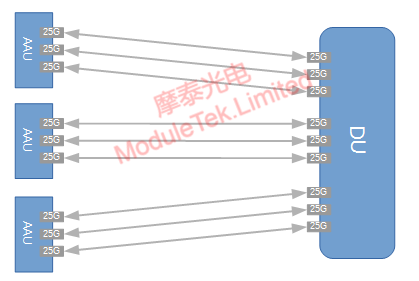
Figure 1 Block diagram of fiber optic direct-drive scheme
The advantages of fiber optic direct drive solution are simple network structure, low technical requirements, and low construction difficulty. The disadvantage is that it requires a large amount of fiber resources, and it is not possible to monitor the line status in real time, and it is difficult to diagnose faults, and it is difficult to operate and maintain. It is suitable for areas with sufficient fiber.
2. Passive WDM Program
Passive WDM solution adopts passive WDM + color optical module to connect AAU and DU, and can choose passive coarse WDM (CWDM) and passive dense WDM (DWDM). The common channel numbers of passive coarse WDM are 6, 8, 12 and 16, and the common channel numbers of passive dense WDM are 6, 8, 12, 16, 32 and 40. The block diagram is as follows:
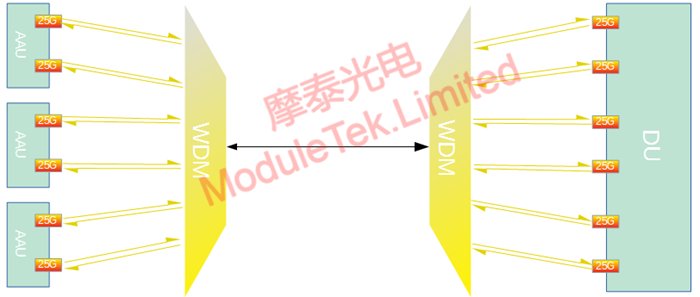
Figure 2 Block diagram of passive WDM scheme
The advantages of passive WDM scheme are lower cost, mature technology, saving fiber resources, and no power supply is required for both local and remote WDM devices. The disadvantage is that it is not possible to monitor the line status in real time, and it is difficult to diagnose faults, so it is difficult to operate and maintain. For the current mainstream construction program.
3. Semi-active WDM program
Semi-active program is based on passive wavelength division program, the bureau increased optical power monitoring, optical protection and other active equipment, while the remote end is still using passive wavelength division equipment, in addition, the need for two optical fibers, one way for the main line, the other for the standby line, when the main fiber optic failures, it can be automatically switched to the standby line. The block diagram is as follows:
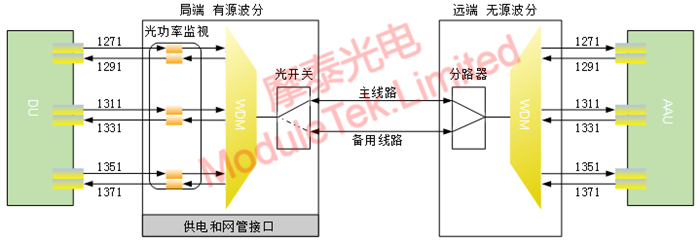
Figure 3 Block diagram of semi-active solution
The bureau can detect the collection and emission of each service in real time, realize the functions of fault diagnosis and accurate positioning, alarm display, alarm statistics, alarm processing, etc., and have the protection functions of real-time monitoring of the power of the main and backup optical fibers and automatic protection switching.
The advantage of this program is to greatly reduce the cost of manual operation and maintenance; the disadvantage is that the need to consider power planning, the overall cost of equipment is relatively high compared to passive solutions. It is suitable for areas where the power supply is relatively convenient and there are two sets of optical fibers in the server room of the bureau. This program is gradually becoming the mainstream of 5G base station construction.
4. Active WDM Program
Active WDM solution and semi-active WDM solution transmission principle is similar, the difference is that the local end of the active WDM solution adopts active WDM equipment at the remote end. The transmission principle is as follows:

Figure 4 Block diagram of the coarse active WDM solution

Figure 5 Block diagram of active dense WDM solution
As shown in the above figure, in the active WDM solution, the WDM unit can use coarse WDM CWDM and dense WDM DWDM, coarse WDM does not support optical amplification, and dense WDM supports optical amplification, which can be used in line segments with large fiber loss, long distance and ultra-large capacity.
The active WDM scheme is similar to the semi-active scheme, which can realize the monitoring and protection of the line and greatly reduce the operation and maintenance cost, meanwhile, the active WDM scheme can realize the transmission of ultra-long distance and ultra-large capacity of the base station. The disadvantage is that power planning needs to be considered and the construction cost is high. It is suitable for areas with relatively convenient power supply for remote BTS in the local server room, high population density and high demand for Internet access.
5. Comparison of Programs
The comparison of the programs is as follows:
Table 1 Comparison of Programs
|
Pre-transmission scheme
|
Optical path monitoring
|
Optical path protection
|
Operation and maintenance efficiency
|
Construction cost
|
Technical requirements
|
Expected implementation
|
|
Fiber optic direct drive
|
None
|
None
|
Low
|
Low
|
Low
|
Non-mainstream solution
|
|
Passive WDM
|
None
|
None
|
Low
|
Medium
|
Low
|
Non-mainstream solution
|
|
Semi-Active WDM
|
Yes
|
Yes
|
High
|
High
|
Medium
|
Mainstream solution
|
|
Active Wavelength Division
|
Yes
|
Yes
|
High
|
Ultra High
|
High
|
Non-mainstream solution
|
Moduletek Limited is an important supplier of optical modules for 5G base stations, with various models at favorable prices, welcome to buy.
If you have any questions about the above content, you can contact us by Email : web@moduletek.com

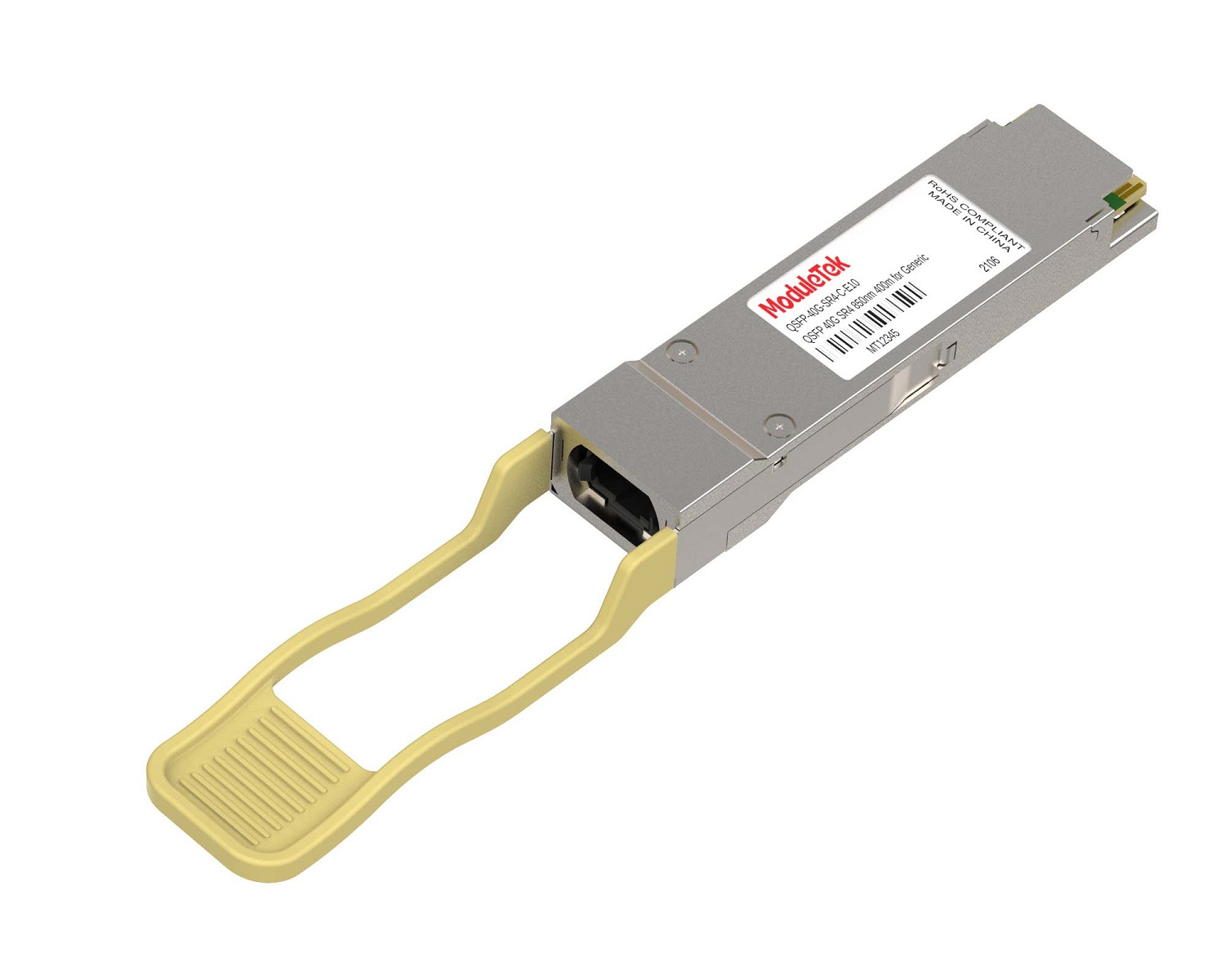 40G/100G Optical Transceivers
40G/100G Optical Transceivers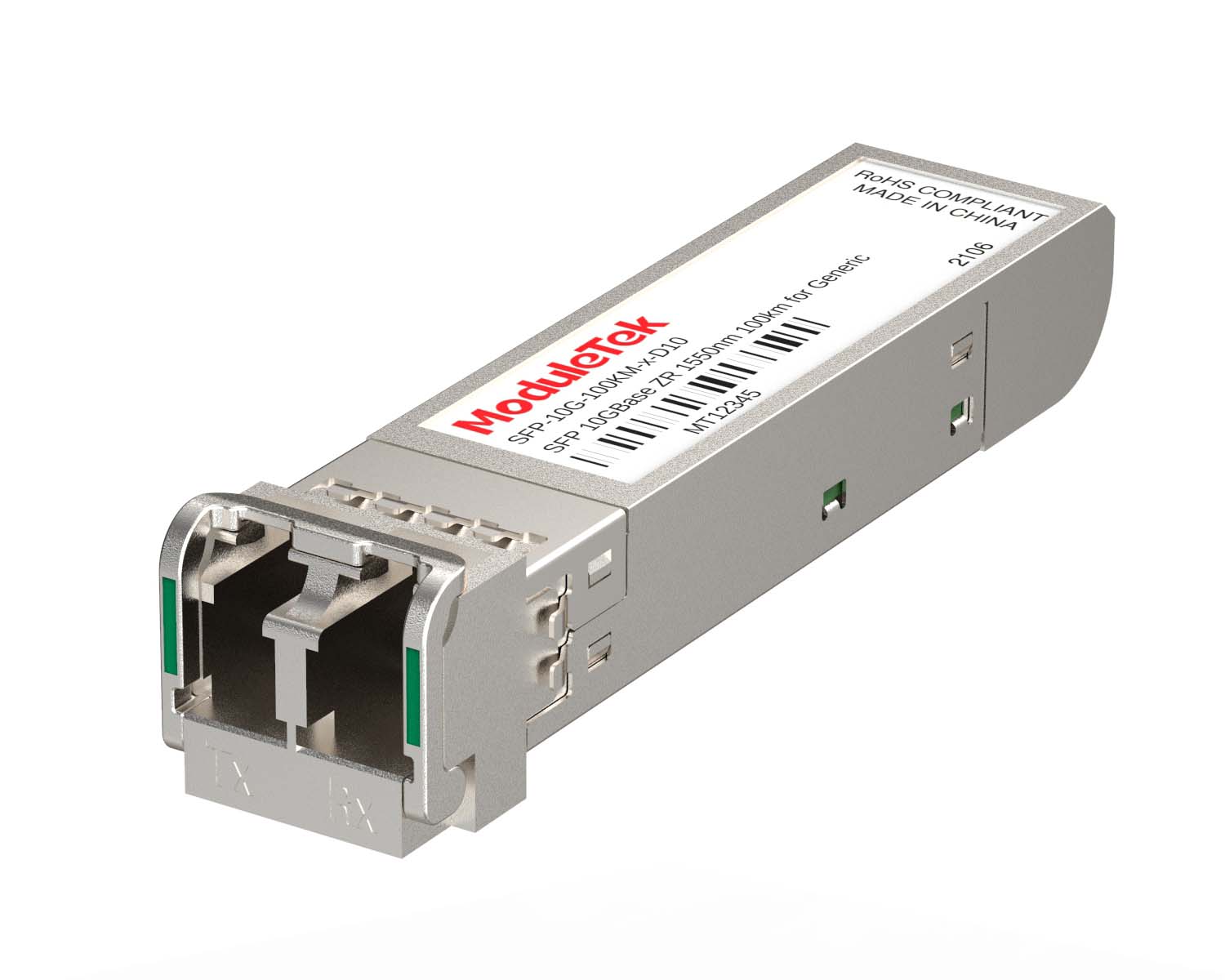 10G/25G Optical Transceivers
10G/25G Optical Transceivers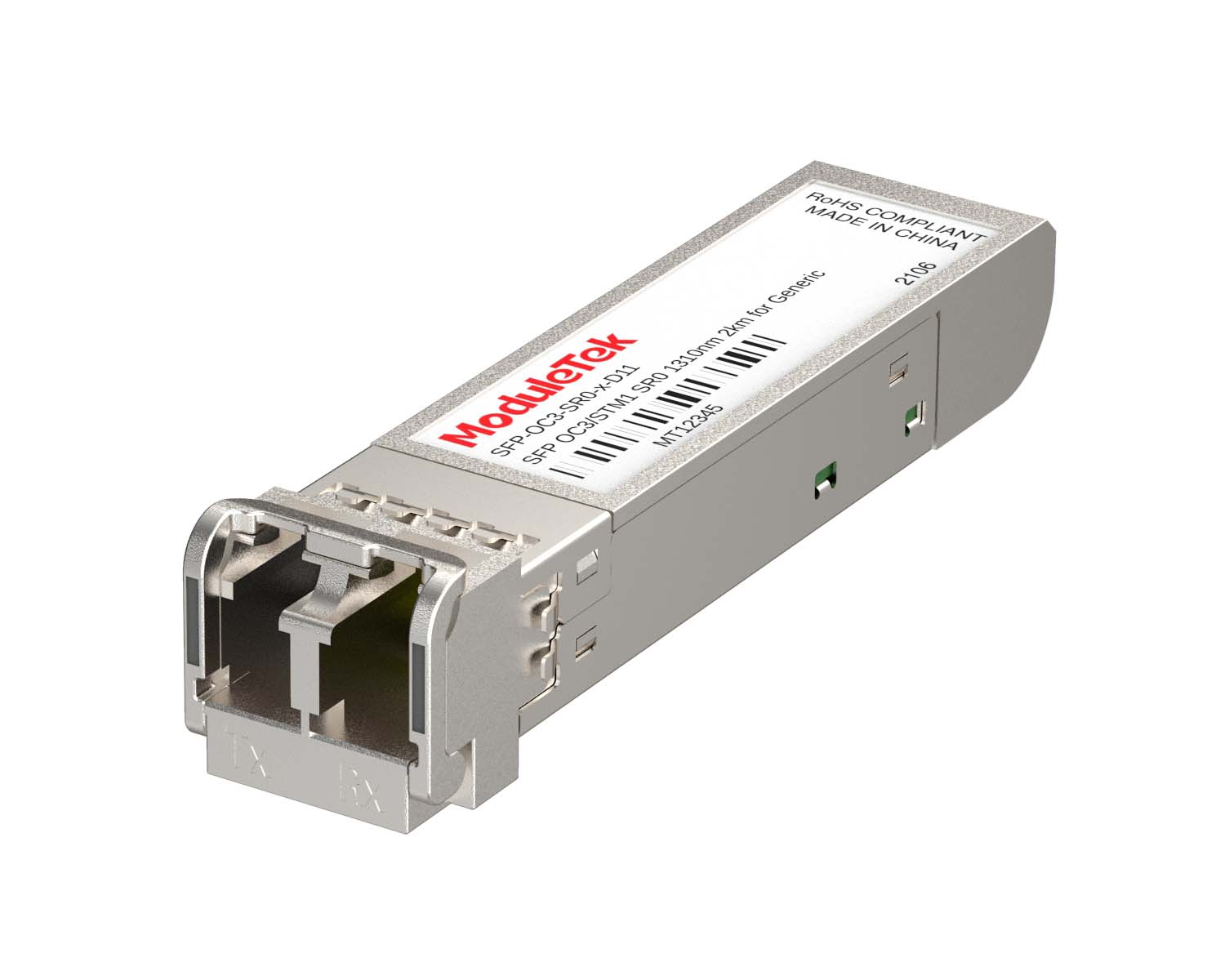 155M/622M/2.5G Optical Transceivers
155M/622M/2.5G Optical Transceivers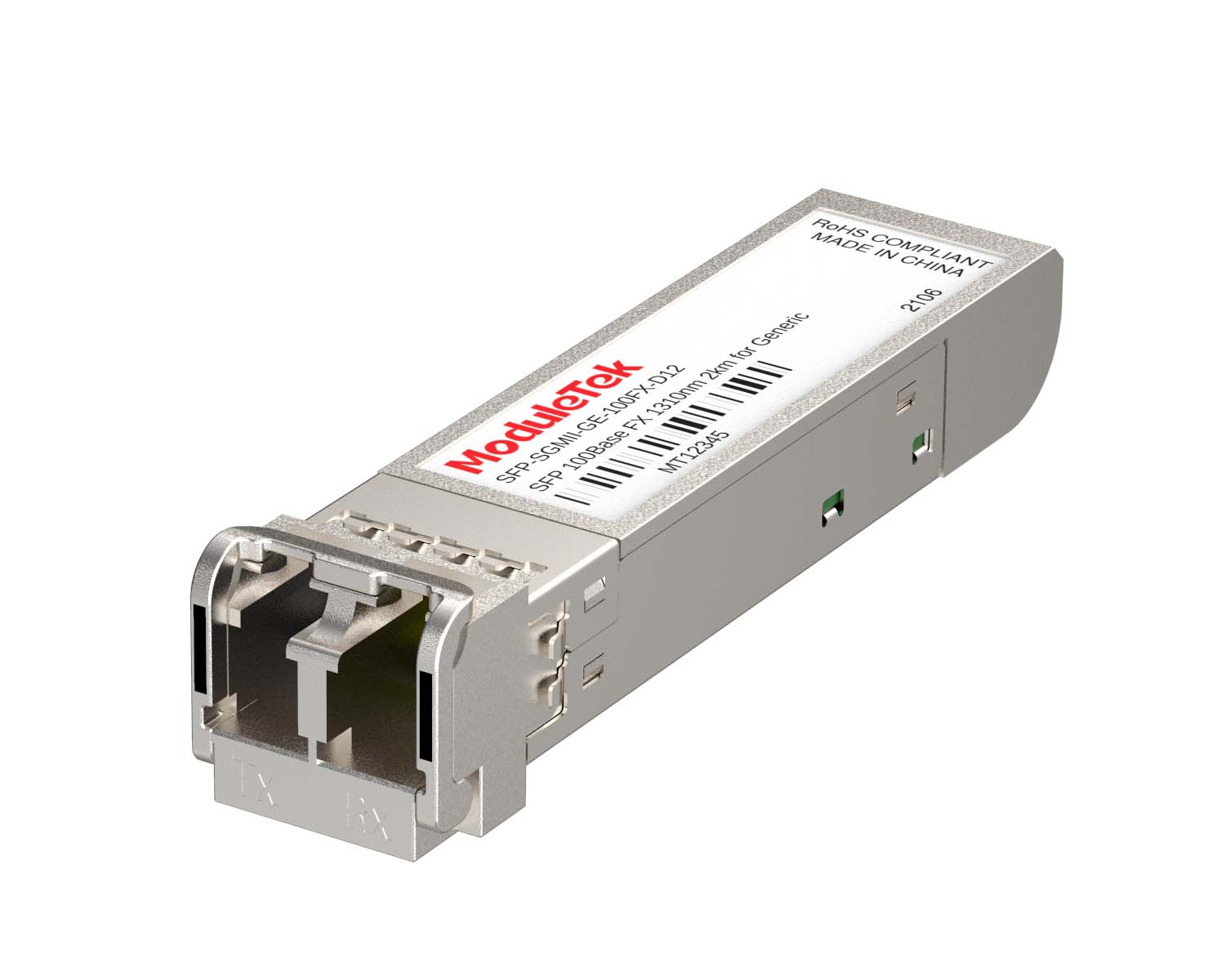 100M/1G Optical Transceivers
100M/1G Optical Transceivers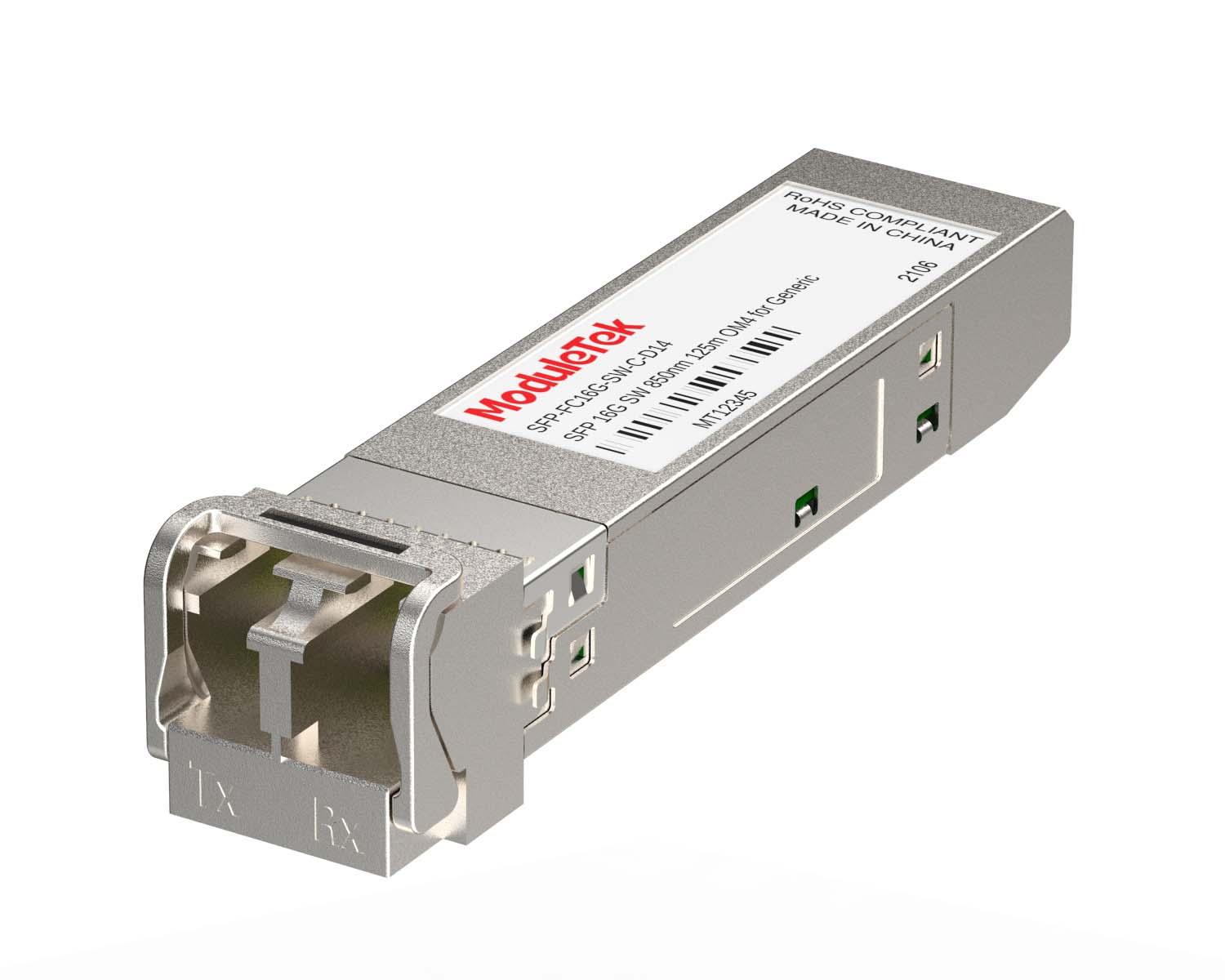 FC 16G/32G Optical Transceivers
FC 16G/32G Optical Transceivers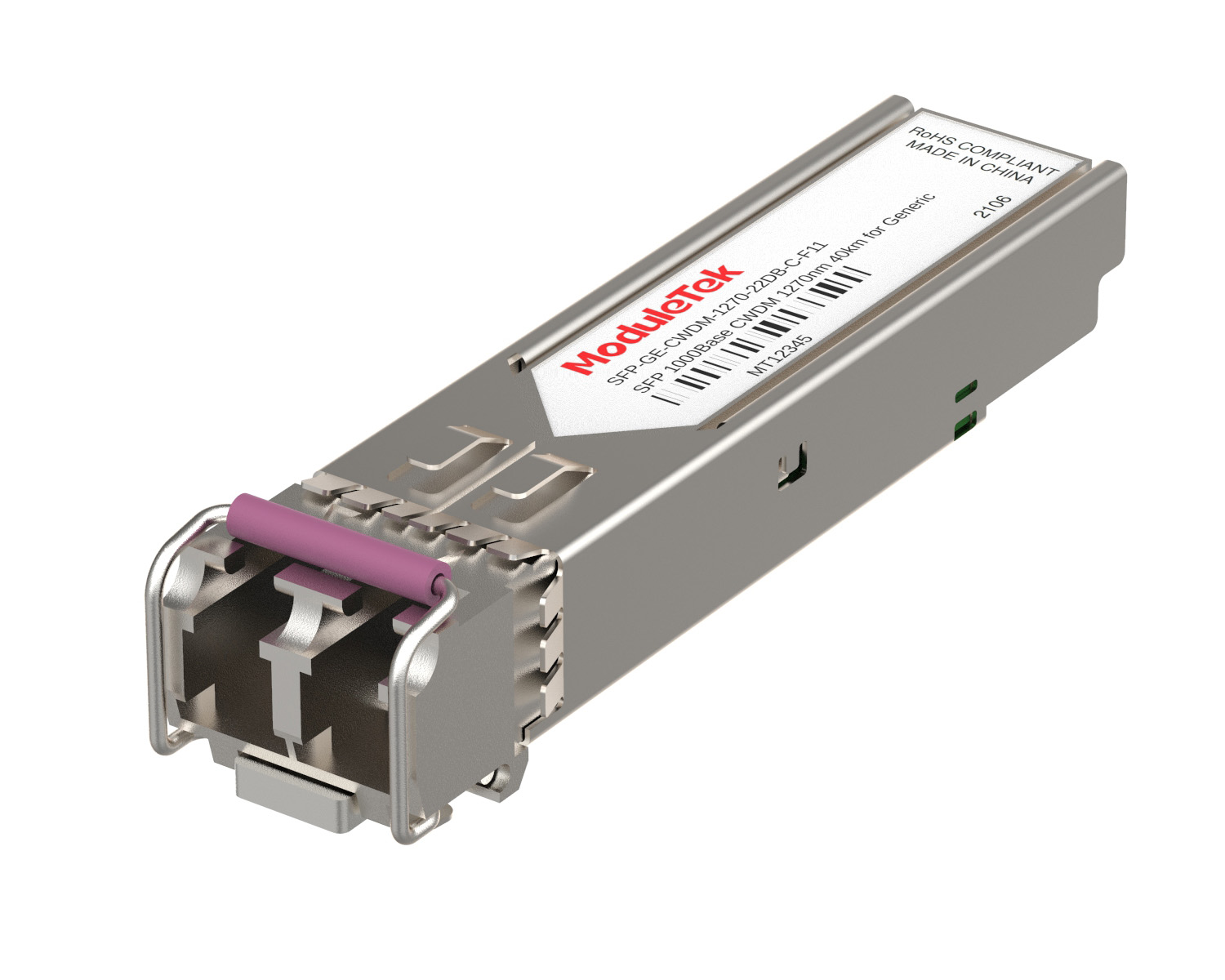 CWDM/DWDM Optical Transceivers
CWDM/DWDM Optical Transceivers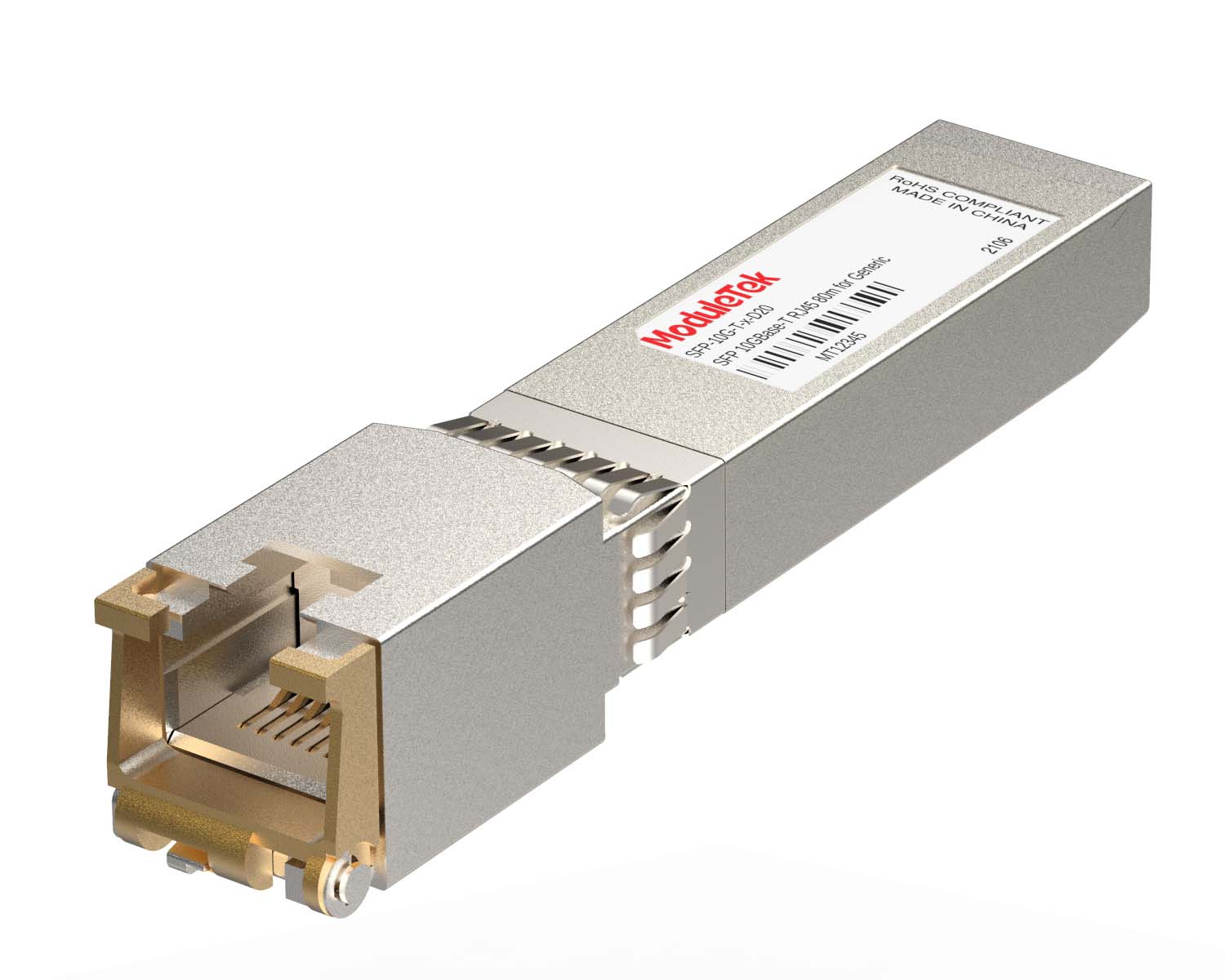 100M/1G/10G Coppers
100M/1G/10G Coppers Active Cable AOC
Active Cable AOC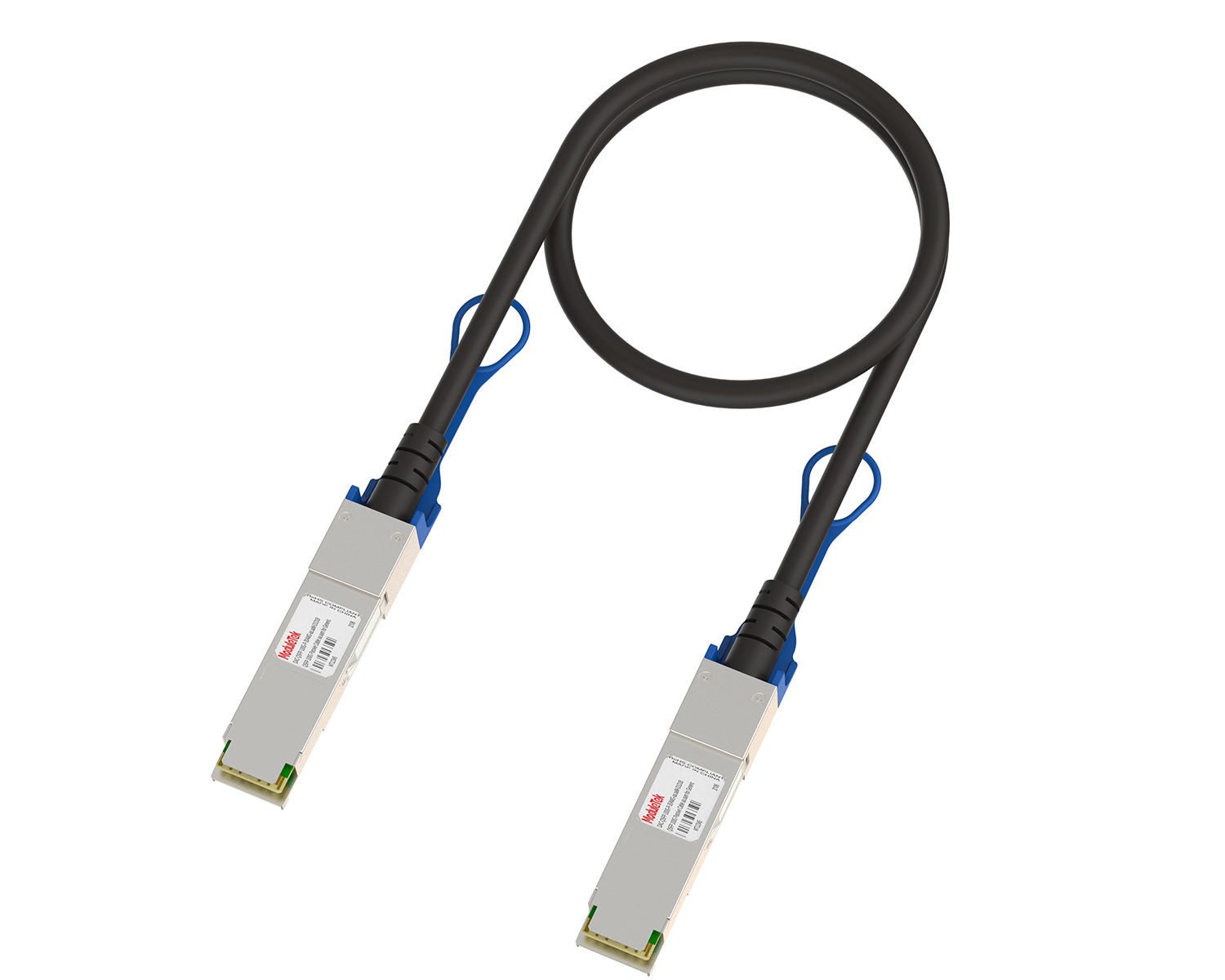 Direct Attach Cable DAC
Direct Attach Cable DAC Regular/MTP-MPO Fiber Patch Cords
Regular/MTP-MPO Fiber Patch Cords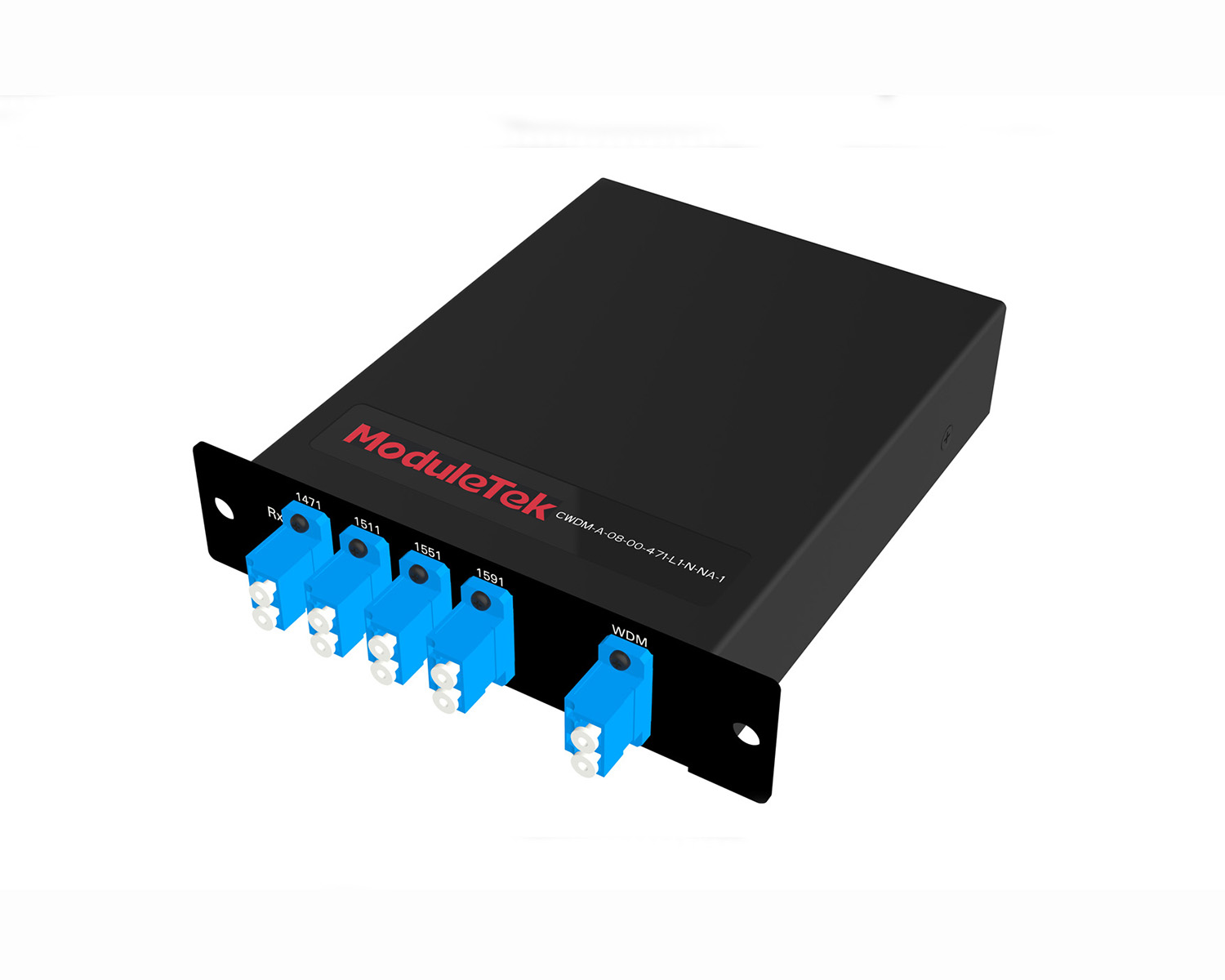 MT2011
MT2011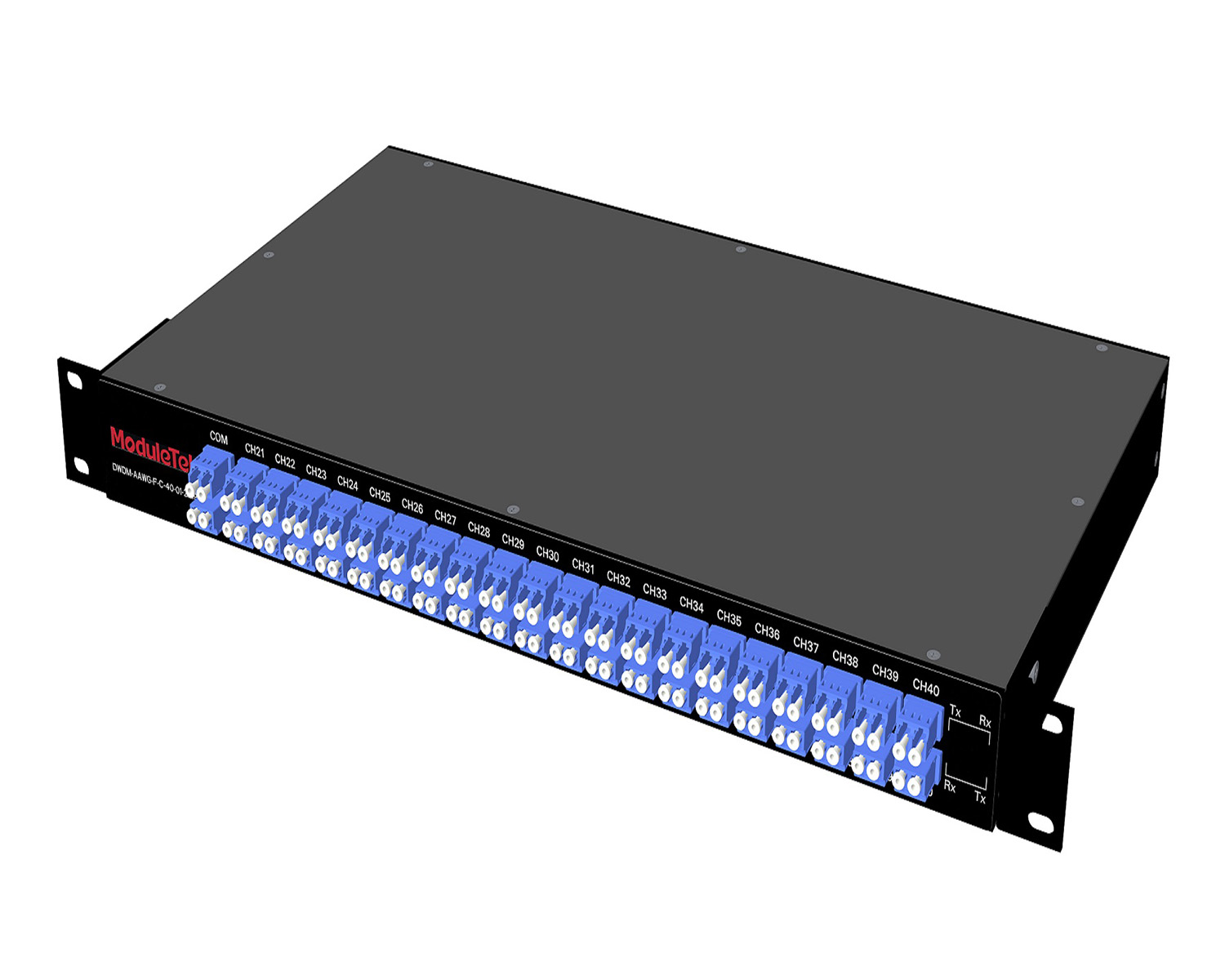 MT2010
MT2010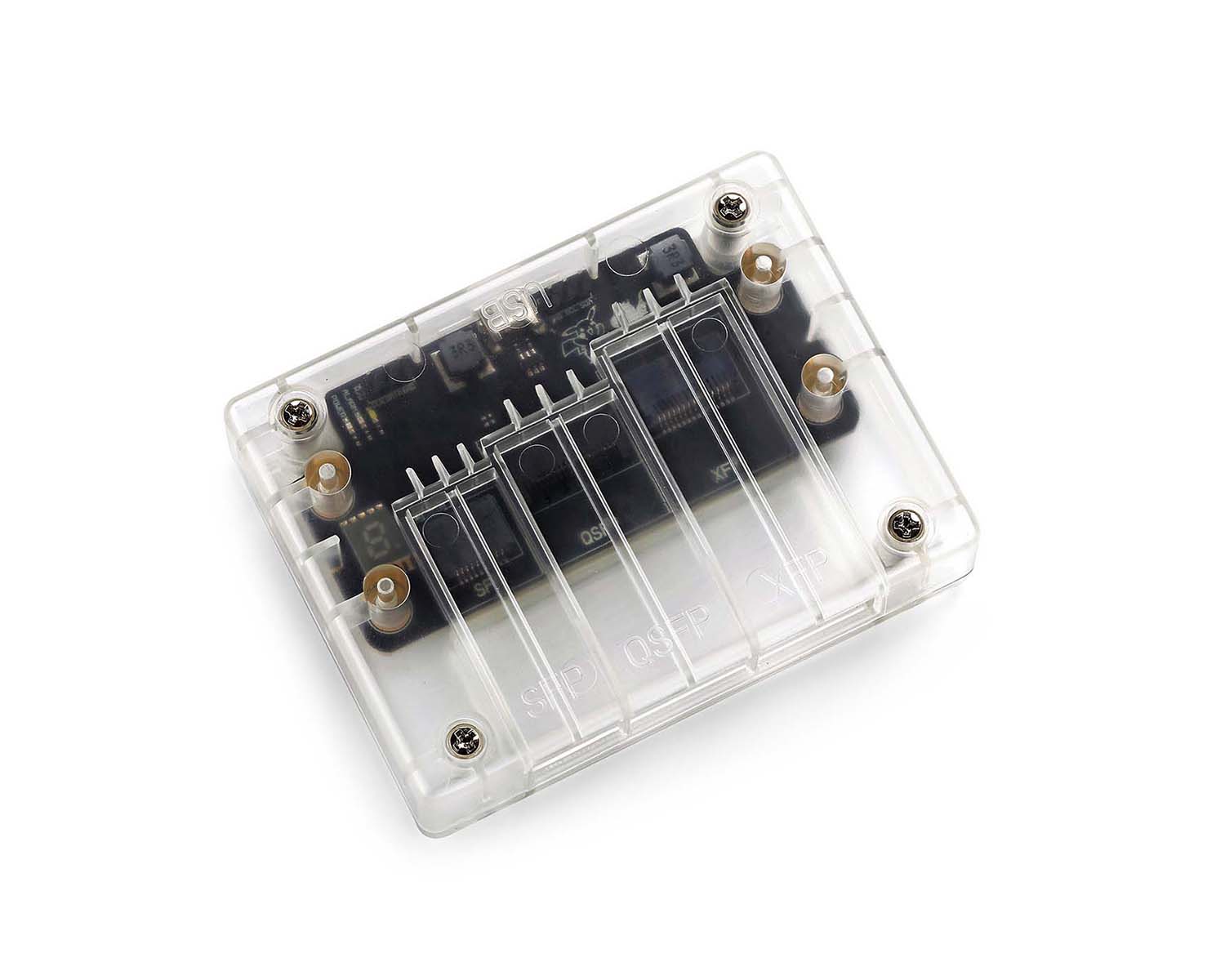 CodingBox
CodingBox






